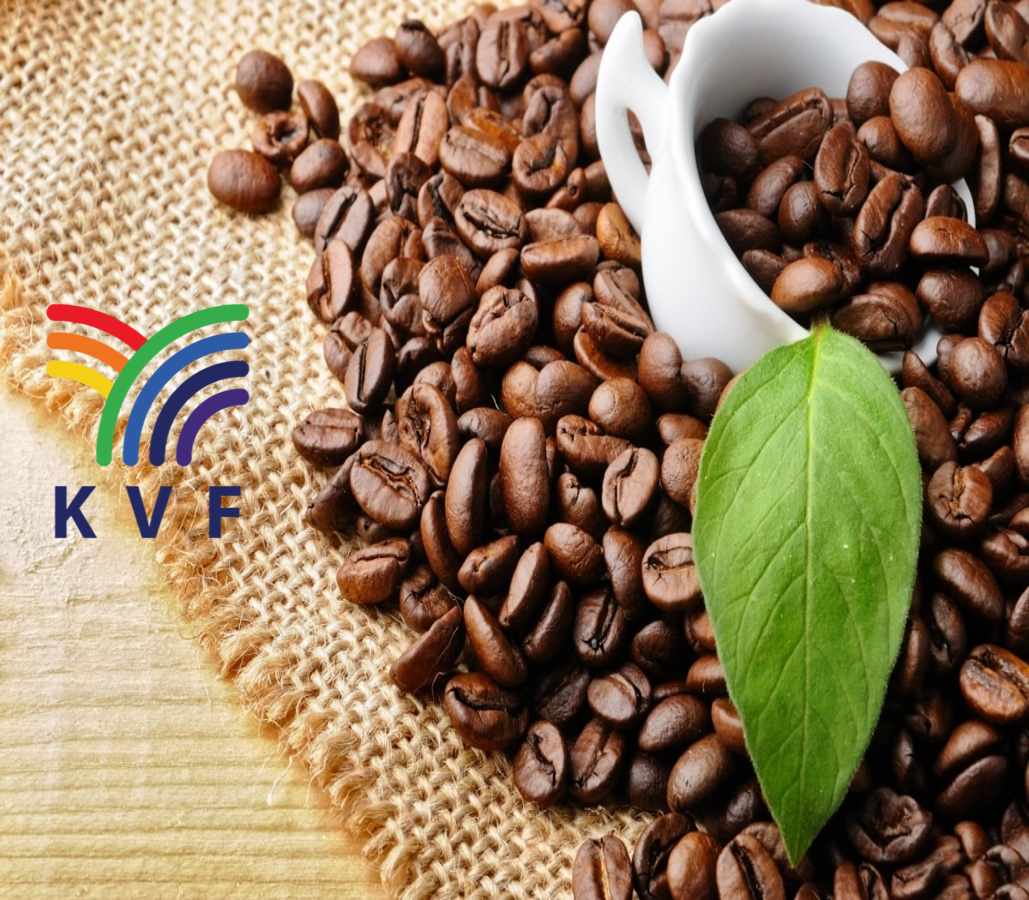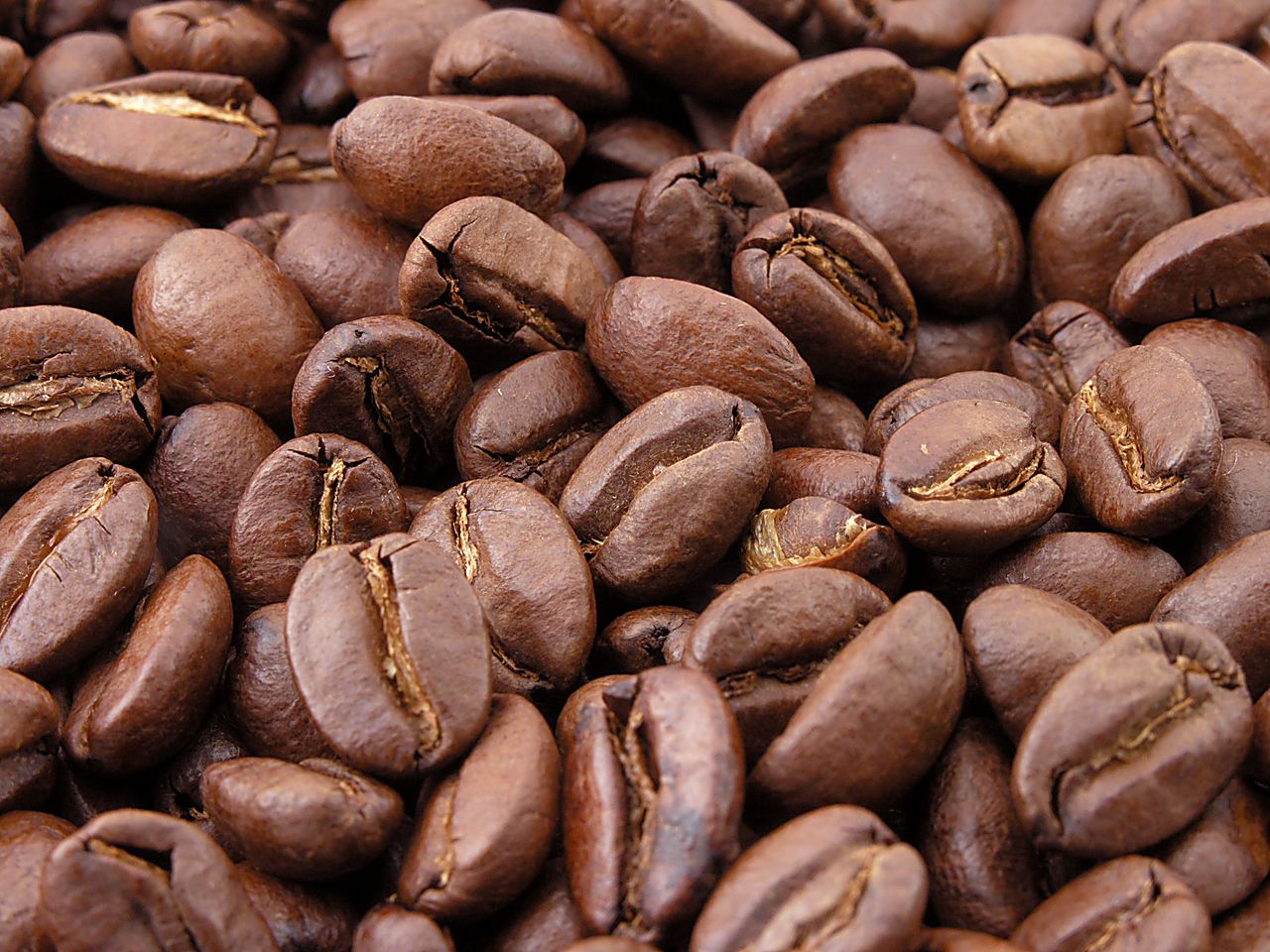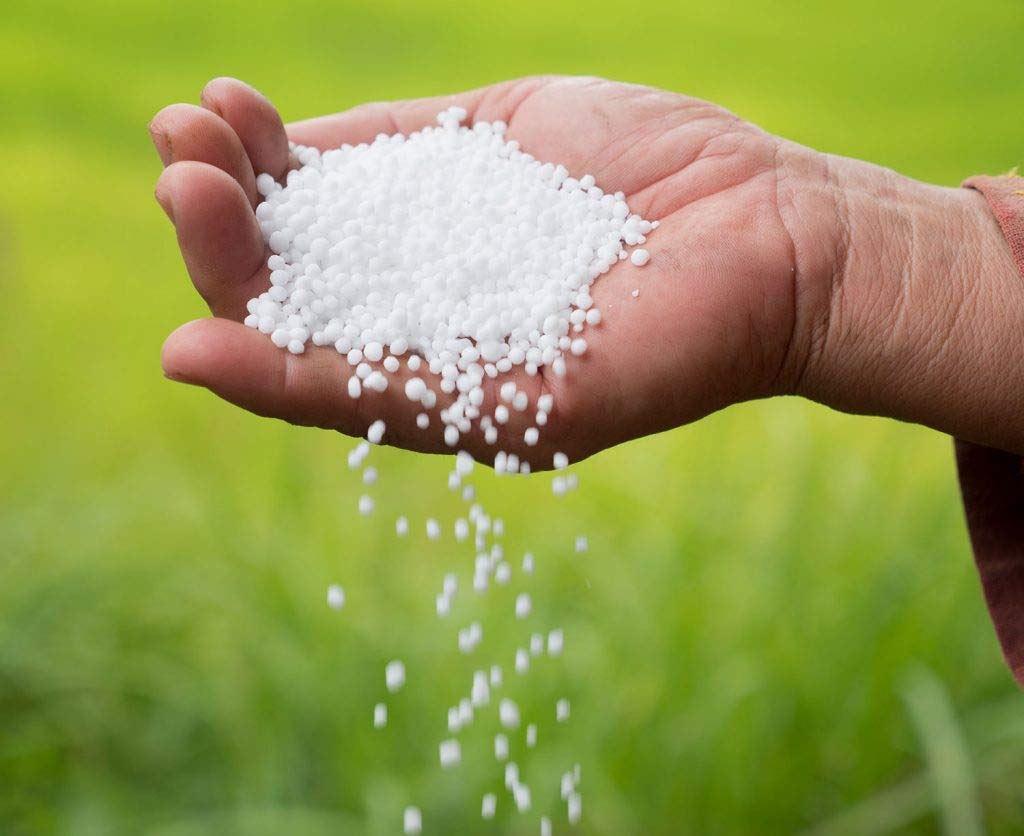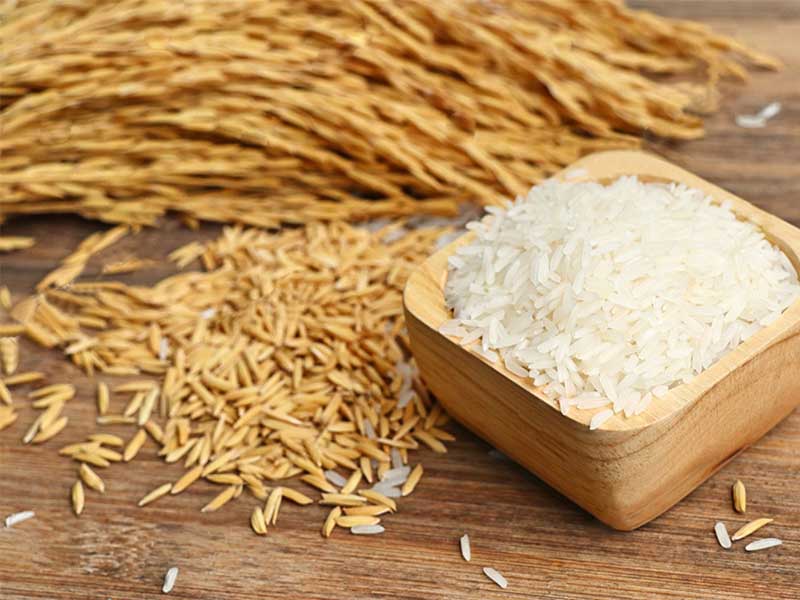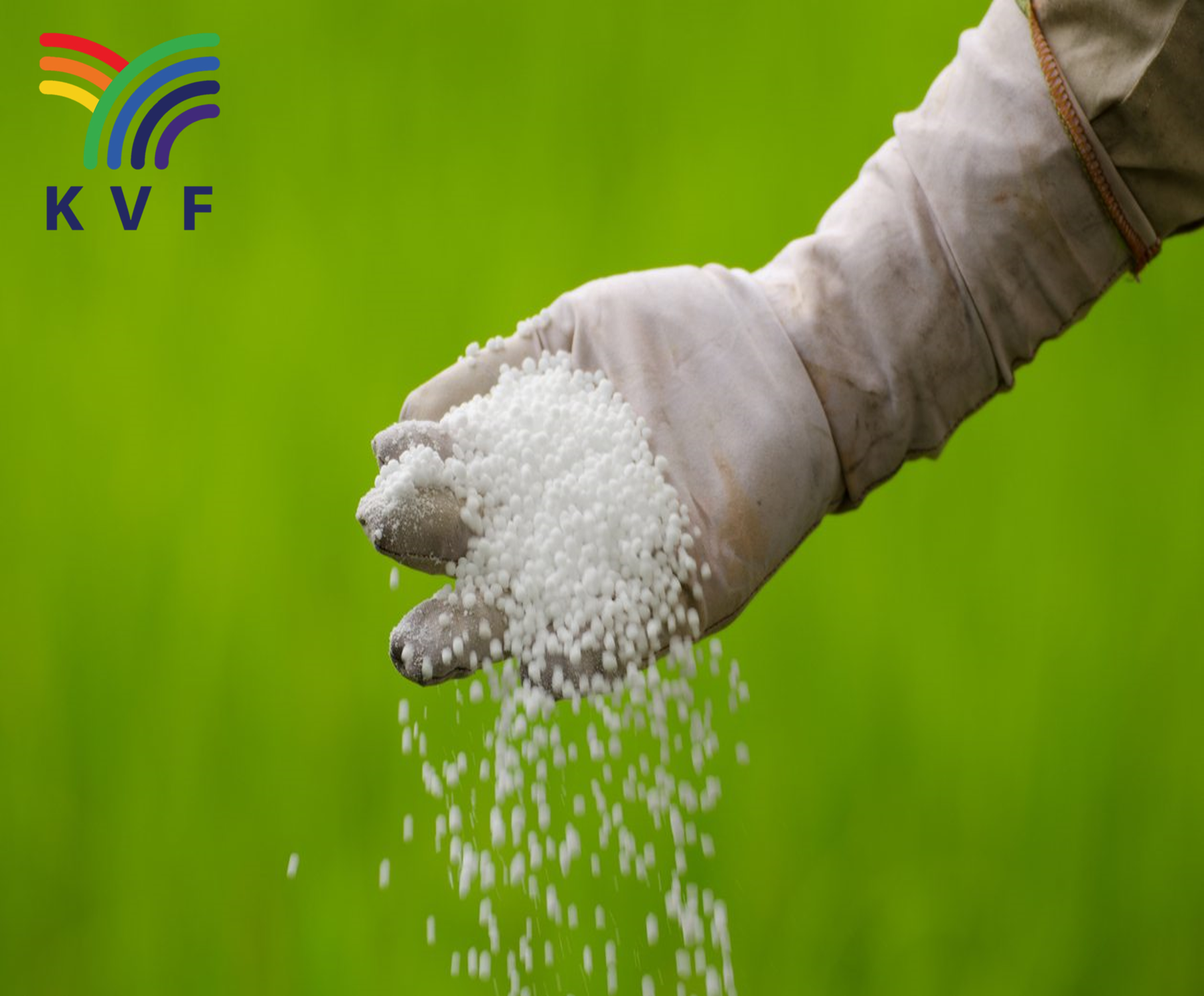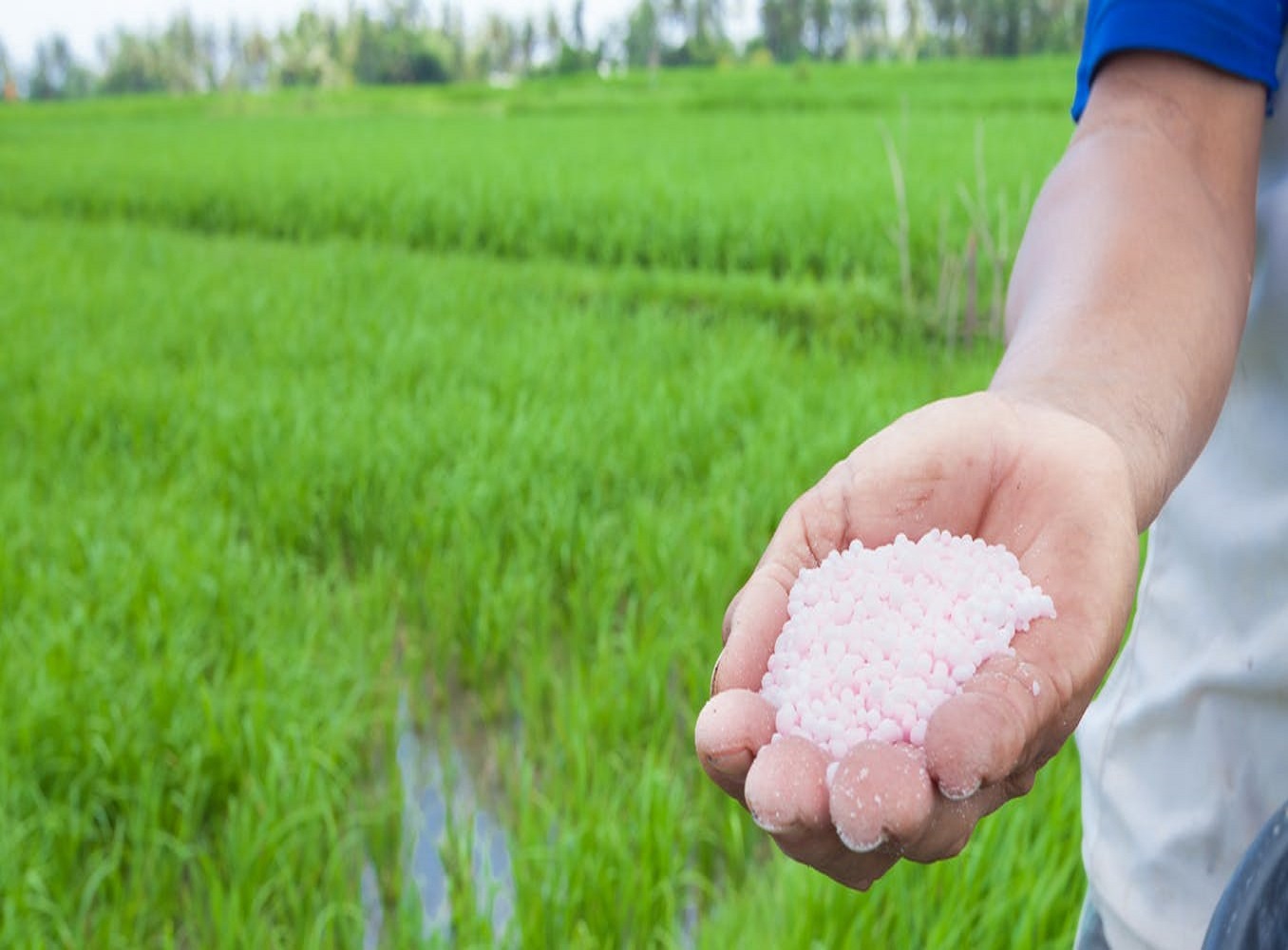According to statistics of the General Department of Customs, the export volume of fertilizer in 2020 of the whole country reached nearly 1.2 million tons, the export turnover reached more than 340 million USD, an increase of nearly 40% in volume and an increase of 27% in turnover. .
Continuing the growth momentum, in the first four months of the year, Vietnam exported 473 thousand tons of fertilizer, worth more than 150 million USD, up nearly 56% in volume, up nearly 72% in turnover over the same period in 2020.
Notably, the average export price of fertilizers of all kinds reached $317/ton, up 10% in price over the same period in 2020.

Fertilizer prices will cool down in mid-June - Photo 1.
Fertilizer exports increased sharply in the first 4 months of the year (Data: General Department of Customs, Chart: Hoang Anh)
Fertilizer exports in the first 4 months of the year recorded an increase in both volume and turnover compared to previous years. However, the increased export demand has led to a "hot" increase in domestic fertilizer prices.
According to a survey by the Ministry of Agriculture and Rural Development, in May, the price of urea at Quy Nhon port reached VND9.5 million/ton. Agents in the Central Highlands provinces imported products with prices ranging from 9.7 to 9.8 million VND/ton, depending on the distance or proximity. Until selling to farmers is 10 million VND/ton.
Fertilizer prices in the Mekong Delta provinces fluctuated in the same direction, Ca Mau urea cost 525,000 VND/bag, Phu My urea 520,000 VND/bag.
Thus, compared to the same period in 2020, the price of urea has increased by about 3 million VND/ton, a record increase rarely seen so far in the fertilizer market.
According to the Ministry of Agriculture and Rural Development, domestic fertilizer prices are high because the prices of petroleum raw materials, chemicals and inputs of the fertilizer industry in the world have increased by 30-40%. This directly affects fertilizers such as urea, DAP, SA, sulfur...
Besides, the COVID-19 epidemic caused a serious shortage of freight rates and empty containers, pushing up sea freight rates sharply, many sea routes increased by more than 100%, which is also a reason for the increase in global fertilizer prices.
In addition, China, the world's largest fertilizer production and consumption market, recently faced a coal and gas crisis, which indirectly affected the fertilizer industry, reducing supply.
Currently, the Chinese government is restricting fertilizer exports to prioritize domestic crops, so the world fertilizer supply is in short supply.
The Ministry of Agriculture and Rural Development has pointed out 3 objective reasons affecting the domestic fertilizer price. However, there is still a subjective reason because two domestic urea factories, Phu My and Ha Bac, both stopped for routine maintenance from mid-April.
Meanwhile, Ninh Binh fertilizer plant has just reopened since April 23, causing local shortages of urea products in the country, especially when the Central Highlands region is in the rainy season.
Some comments said that the increase in exports caused a loss of domestic supply and increased fertilizer prices?
Talking to the writer, Mr. Phung Ha, Vice President, General Secretary of the Vietnam Fertilizer Association (FAV) said: "Fertilizer exports are based on the fact that domestically produced fertilizers are not only enough to satisfy meet domestic demand but also have surplus".
However, in order to stabilize the domestic fertilizer price before the summer-autumn crop, the Ministry of Agriculture and Rural Development, the Ministry of Industry and Trade and the FAV have proposed that enterprises stop exporting fertilizers, prioritizing the source of goods for the domestic market to avoid shortages. goods, hoarding goods, pushing prices.
"Currently, large factories are operating to maximize production capacity of urea, DAP, MAP fertilizers... Therefore, fertilizer prices will cool down and domestic supply will be stable," said Mr. Ha.
Recently, the Ministry of Agriculture and Rural Development also forecast that domestic fertilizer prices will likely cool down when two urea plants are under maintenance for products again.
It is expected that on May 16, the Hebei fertilizer plant will start production again with a capacity of 1,000 tons of urea per day. Together with Ca Mau fertilizer plant with a capacity of over 2,000 tons/day, Ninh Binh fertilizer plant with a capacity of 1,000 tons/day, the domestic fertilizer supply will be more abundant. Therefore, the possibility that the price of urea will cool down if the world oil price does not fluctuate too much.
Source: Hoang Anh/ Vietnambiz.vn


